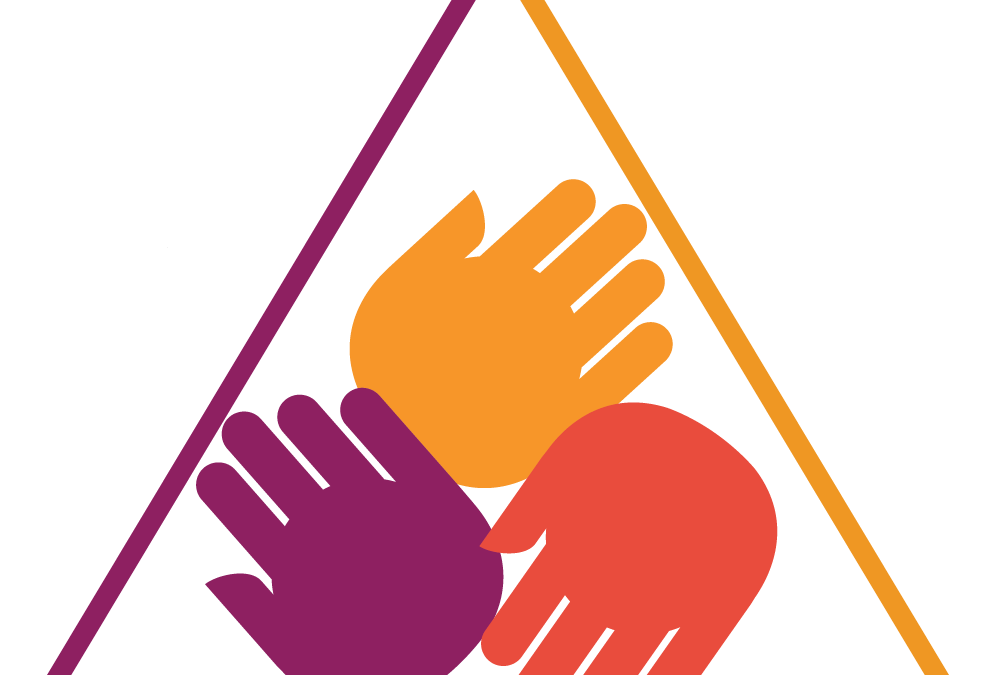Mastering the Humanistic Research Triangle: Part Two
At times, it may seem as if there’s little connection between the stakeholders in the Research Triangle. An idea we introduced in our last post, the Triangle is comprised of the research partner (Agency), the consumer (Respondent) and the brand (Client). In this triangle, each stakeholder is centered mainly on their needs, not necessarily thinking about the other stakeholders.
But believe that humanity is what they all share (common denominator), and when humanity drives how all stakeholders interact with each other throughout the research process, that’s when research drives true business impact. It’s what we at Imagine If call the Humanistic Research Triangle, and we approach it with CARE: Client, Agency and Respondent Empathy.
In part one of this three-part series we discussed how CARE helps you humanize your research with respect to the Respondent. Not too many in the industry talk about how to treat research partners and agencies from a client perspective. In this post, we’ll show three non-traditional ways you can apply CARE to the Agency corner of the Humanistic Research Triangle.
THE HUMAN AGENCY
1: Genuinely Empower the Agency
Assuming your agency is hungry for knowledge and willing to learn from you, sharing your knowledge with them starts you on the path to success. This goes beyond the over-abstracted objectives, theoretical deadlines and budget requirements on paper in the RFP (which hopefully does not get published via Procurement). Those are the basics.
We believe that empowering research agencies as if they’re part of the client team sets the client up for maximum success. Impactful projects need to have results that mesh with the brand’s personality and the fabric of the corporate culture, including the political context. Why not help the agency better understand the brand from a first-person perspective? What about an on-site shadowing day? Or a 101 on how the organization makes decisions? Who are the change agents and how do they use research outputs?
A good research agency will tell better stories that work with corporate culture if they understand the language, thinking, needs and preferences of that culture. This also includes deep understanding of how complex organizations and brands operate and make major decisions.
2: Answer the SOS, and Then Some
Brand and agency relationships, like human relationships, can thrive with nurturing and time investment. Give your agency your time and attention, and not just when there’s a crisis. Yes, you have meeting after meeting to go to, and sometimes even meetings to discuss those meetings. However, making time for your agency shows respect for these partners not only as professionals, but also as fellow humans with significant others, children, pets, bills, vacations to go on and a desire to feel successful in their work. Their time is just as valuable as yours because they’re part of your team—whether they work in a large multi-million-dollar agency or a budding startup.
An easy way to do this is to set aside time for periodic check-ins, potential “partner days” or special milestone strategy meetings at the start or mid-way through the year. Just as how your research or marketing team cannot be effective within the brand or the organization by operating in a vacuum, agencies that are left in the dark in a relationship cannot support you as effectively as those who are more informed and connected to your team.
3: No Dumping, Please
How a brand treats an agency is often a sign of the health of that brand culture. Do your agency relationships reflect heart and purpose? Putting the effort into the project or partnership shows that the client takes their own brand values seriously. Smart agency management includes quality inputs, clear articulation of needs, real transparency, healthy communication, authenticity and trust. But brands continue to have the upper hand in how they treat agencies. Unfortunately, agencies have historically been the recipients of what we call “dumping behavior.” If there’s unnecessary work, send it to the agency. When there’s work you should do, but don’t want to do, let the agency handle it. For artificially unrealistic deadlines, let the agency pull superhuman feats to meet them; and so on and so forth.
An agency is chosen for its talent and expertise. Making the most use of that creativity and talent is not only kind behavior, it’s good business.
Some of these ideas may strike corporate researchers in ways that are new and different. But because agencies, brands and consumers are interconnected in the Research Triangle, what you do to invest effectively in one stakeholder—in this case, the agency—will ultimately impact your corner of that triangle for the better.
For more information on how the Humanistic Research Triangle and CARE can help foster a better connection with your agency, contact Imagine If today.
Stay tuned for the final installment in our series to see how we apply CARE to the Client corner of the Humanistic Research Triangle.

